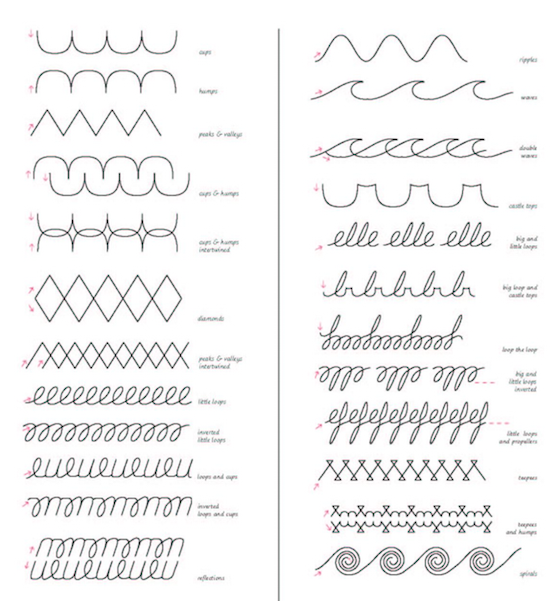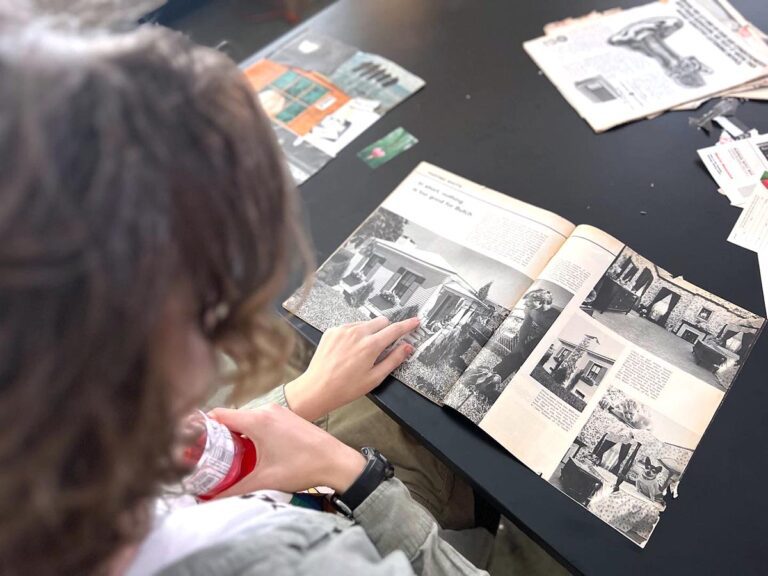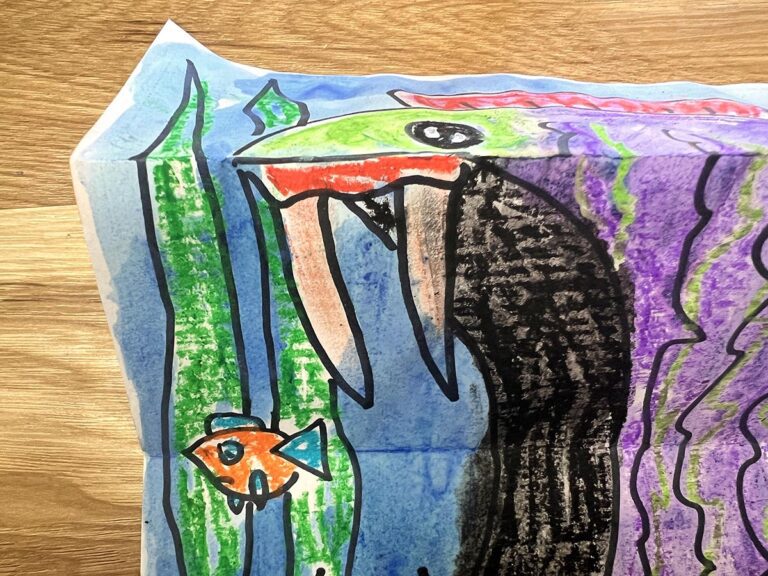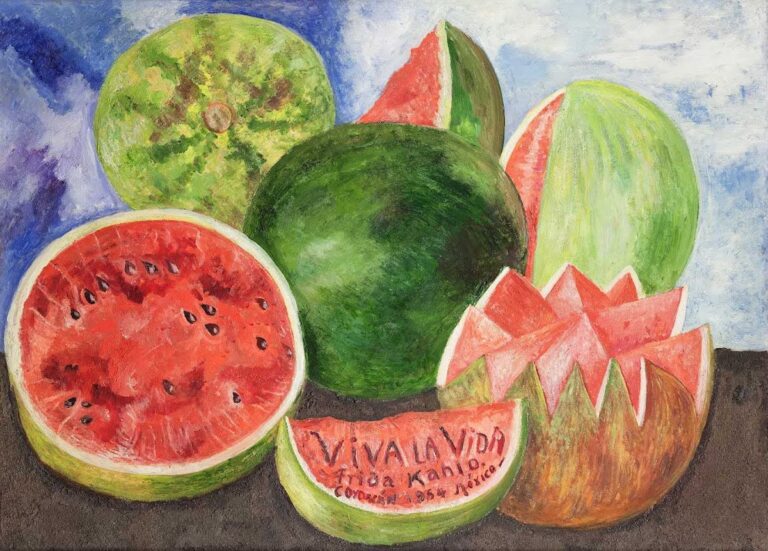Looking outside the field of art education is a great way to enhance your practice. There are so many wonderful connections to be made between art education and other philosophies of educational delivery — in general education, early childhood education, and beyond! The richer our research and breadth, the more we can bring to the table in our art rooms.
One method that has fascinated me for a while is the Waldorf approach to teaching. It was a bit of a mystery to me, but from my initial research, I knew there were some great connections to be made for art educators.
I recently had the privilege to sit down with Stephanie Brooks, a longtime AOE reader and wonderful influence in the world of art education to discuss one of her areas of expertise, Waldorf. Stephanie has a BFA, degrees in Art Ed and Elementary Education, and a Master’s in Waldorf. She is currently teaching art but incorporates Waldorf concepts into her art room on a daily basis.

The following 10 ideas, spearheaded by my conversation with Stephanie, will not only explore the foundation of the Waldorf Method but also help you see how Waldorf ideas can be applied directly in the art room.
10 Lessons Art Educators Can Learn From The Waldorf Method
1. Slow Down! What’s the Rush?
Waldorf is a ‘Way of Life’ – one that includes a slow, calm pace. This is the first thing you might notice when walking into a Waldorf classroom. Ok, we get that a Waldof classroom is peaceful and calm, but how does this happen? It starts with you. Equanimity is described as ‘mental calmness, composure, and evenness of temper, especially in a difficult situation’. So, how do you keep this feeling going? As Michael Linsin says, “keep emotion out of it.” Students will pick up on your vibes in the classroom.
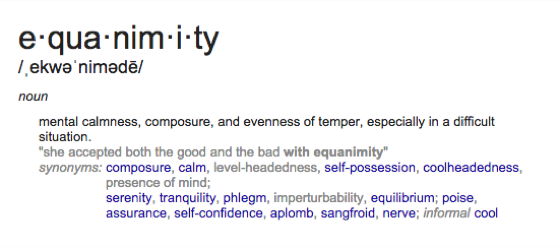
2. Cultivate A Sense of Beauty & A Feeling of Peace
Waldorf schools are free of clutter and many of the materials are hand painted or drawn instead of the purchased posters that we are so accustomed to seeing everywhere. Why not consider making your own posters more often? Alecia Eggers shared 20 Art Room Visuals in 10 Minutes at the Winter 2015 AOE Online Conference, and many of her visuals were handmade. They look great and evoke a really nice feeling.
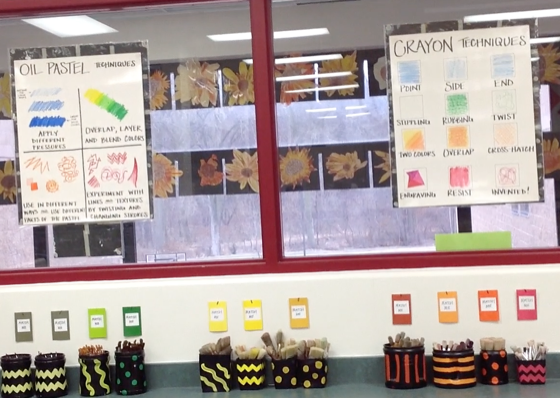
3. Present Developmentally Appropriate Curriculum
The Waldorf curriculum is broad and comprehensive, structured to respond to the three developmental phases of childhood: from birth to approximately 6 or 7 years, from 7 to 14 years and from 14 to 18 years. Waldorf K-12 Education started in Europe in the 1920s and has since spread to every continent. Rudolf Steiner stressed to teachers that the best way to provide meaningful support for the child is to comprehend these phases fully and to bring “age appropriate” content to the children that nourishes healthy growth. We can do this in the art room by listening to our students. If you don’t feel they are ready for something, don’t push it. Search for ways to differentiate to meet the needs of your students in meaningful ways.
You may want to browse the official site of the American Waldorf Schools of North America for more detailed information on Waldorf curriculum if you are interested.
4. Engage in Thematic Work
Students in a Waldorf school work under umbrella themes, and all subjects connect to those themes. Themes in the art classroom are an excellent way to form units or allow choice within a theme. In Waldorf, much of the work is pre-selected, but the philosophy behind Waldorf is very Emergent. In fact, we actually cover the Waldorf method in our Choice Based Art Education online grad class as an example of Emergent Choice, according to the Choice Spectrum.
5. Choose the Highest Quality Materials
Students are provided with very high-quality materials, including unique art supplies such as block crayons and liquid watercolor paint, which are often purchased from alternative distributors such as Mercurius USA and Bella Luna Toys. You might consider stepping away from the old standards you always order and changing up your materials. Because of cost, it’s wise to start with one area and gradually build up your collection. Chances are, students will take notice and care more for these materials as a result.
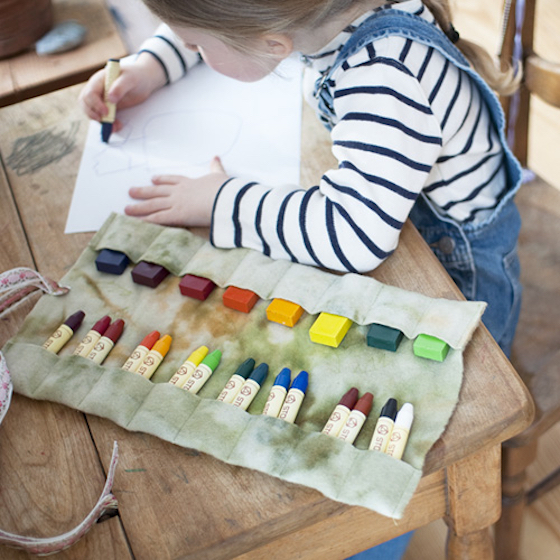
The first five tips covered basic philosophy. The second five will cover specific activities taken directly from Waldorf that you can use in your art room.
6. Use Form Drawings
Form drawings are exercises that help students gain better physical control of their hand movements to gain fine motor skills. These are similar to Zentangles and include things like running patterns (waves, etc). Drawing exercises like these get students into a meditative state and help with focus. In the Waldorf classroom, form drawings are a pre-curser to cursive writing. In your classroom, they could be used in a variety of ways: sketchbook actives, brain breaks, extension activities, or practice for fine motor skills.
7. Try Main Lesson Books
Since there are no textbooks in a Waldorf school, the students create their own “books” relaying what they have learned. Most student drawing work is also created in Main Lesson Books. This reminds us of visual journaling or sketchbooks in the art classroom that go beyond basic assignments and doodling.
8. Teach Handcrafts
You may consider yourself a ‘specialist teacher’ but in a Waldorf school, often one of their specialists isn’t an art teacher, but a handcrafts teacher. Some of these handcrafts include finger knitting, knitting, felting, sewing, and wood working. Consider adding some of these art forms into your classroom to spice things up. Students often are very engaged with handcrafts.
9. Have A Nature Table
You will find a table in every Waldorf classroom to place and collect treasures from nature. Students go outside for extended recess in all weather. Stephanie has taken this lesson from Waldorf into her own art room and makes it a priority to ensure students see the beauty in nature. Bring in items regularly. Push your still life beyond plastic flowers. Consider a collection of odd nobs from trees, pinecones, crystals and geodes.
10. Utilize Chalkboard Drawings
These beautiful drawings are placed on the chalkboard for an extended time during a unit. The image is related to the lesson and is beautiful and detailed. The image will stay on the board during the entire unit. There are many great examples of chalkboard drawings on Pinterest right here.
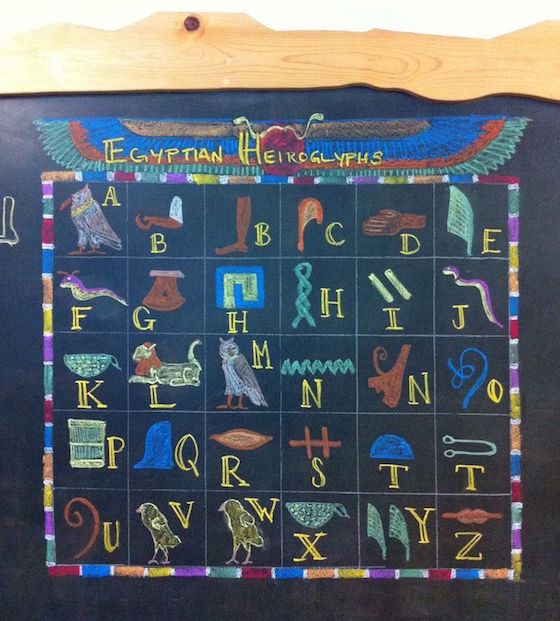
I hope some of these ideas sparked your interest in the Waldorf method and gave you tidbits to consider taking into your classroom. I really appreciate Stephanie’s willingness to share her expertise in the area of both art education and Waldorf. You can follow her on Pinterest for more great ideas related to art education and Waldorf, or send her an email (svbrooks1@gmail.com) to make a personal connection.
{image source}{image source}{image source}{image source}
What are some other educational philosophies you like to incorporate into your art room?
Are you familiar with Waldorf? What surprised you the most?
Magazine articles and podcasts are opinions of professional education contributors and do not necessarily represent the position of the Art of Education University (AOEU) or its academic offerings. Contributors use terms in the way they are most often talked about in the scope of their educational experiences.
